You probably know the GIF as the perfect vehicle for sharing memes and reactions. We believe the format can go further, that it has real power to capture science and explain research in short, digestible loops.
So kick off your week right with this GIF-able science. Enjoy and loop on.
Drone Out of Water
On supporting science journalism
If you're enjoying this article, consider supporting our award-winning journalism by subscribing. By purchasing a subscription you are helping to ensure the future of impactful stories about the discoveries and ideas shaping our world today.
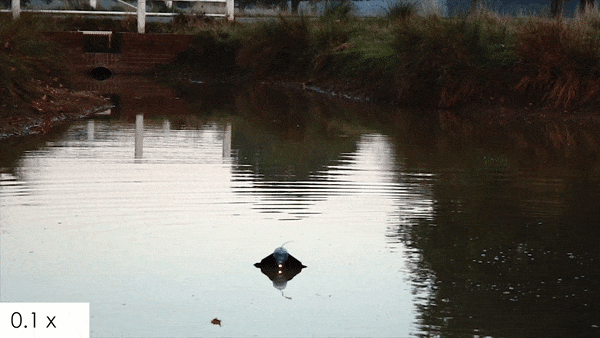
Drones and water usually do not mix. (Indeed, some of the most popular drone videos on YouTube feature “epic” water saves.) But a new drone developed by researchers in England is made to move from sea to sky—and back again. This fixed-wing flyer uses a burst of gas to launch out of the water. The researchers say the abilities of Japanese flying squid inspired their design.
The amphibious glider can stay afloat, even if the sea is a little choppy (big waves are a problem, though). When it is ready to fly, a water-intake system lets it adjust its angle in preparation for takeoff—and it can fly up to 85 feet after launching from the drink. The researchers hope to bring their jump glider (or future evolutions of the prototype) into rough environments, such as natural disaster zones, to do sampling and monitoring.
The First Glimmer of Light
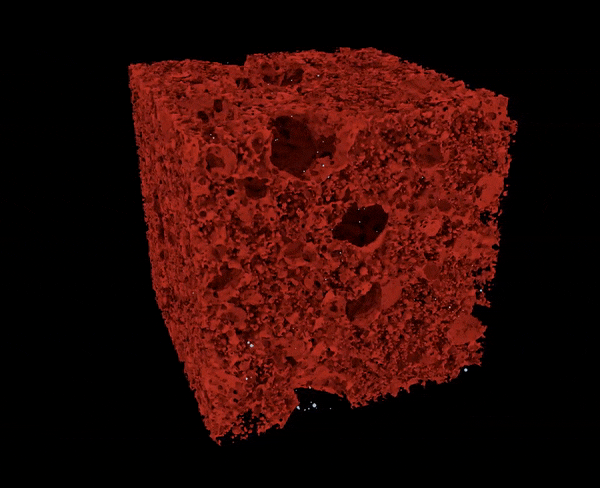
Credit: Paul Geil and Simon Mutch
All the matter in the universe was created some 13.8 billion years ago, in a fraction of a second after the big bang. But stars, planets and other celestial bodies did not just pop into existence; instead they formed throughout successive phases of cosmic evolution.
This animation depicts a portion of the universe during a phase called the Epoch of Reionization. Just after the big bang, glowing plasma—hot, ionized gas—filled the expanding universe. As the universe grew, the plasma got more dilute and cold until it became dark, neutral gas, which is shown in red above. Eventually, portions of this gas clumped together to form stars, which reionized the surrounding hydrogen with their brilliant light.
Researchers created the animation from radio waves emitted by neutral hydrogen just before and during the Epoch of Reionization. These 12-billion-year-old emissions are hard to detect (especially amid the noise of human-made radio waves), but researchers have used new techniques to pull the signals out of the din. They are now able to rule out more extreme models of the epoch in which reionization happened rapidly or in very cold conditions. Much more analysis remains, however, to narrow down exactly when the epoch began and how long it lasted.
Dear Pixar, AI Is Coming for Your Jobs
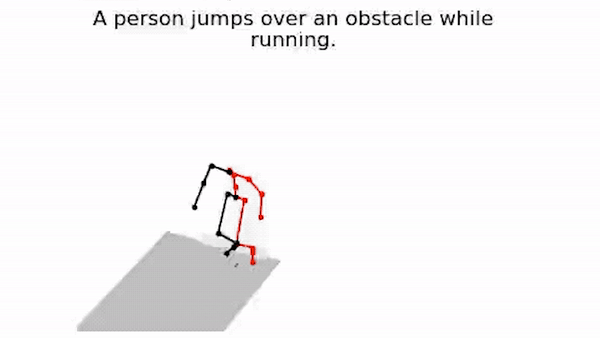
Credit: Carnegie Mellon University
This GIF is not someone’s Intro to Animation course homework. The moving stick people were made by Language2Pose, a new computer model that generates animations from text instructions. It was designed and built by researchers at Carnegie Mellon University.
Getting a computer to translate natural language into complex body movements is no small task, and the character’s motions appear strange at times (or make it look a bit tipsy). But these first, sometimes flubbed, steps point toward a future where complex animations are generated directly from a script. For now, we can delight in the computer’s failure to understand this input: “A human impersonates a chicken flapping its wings.”
Chimps Are Being Face Tracked
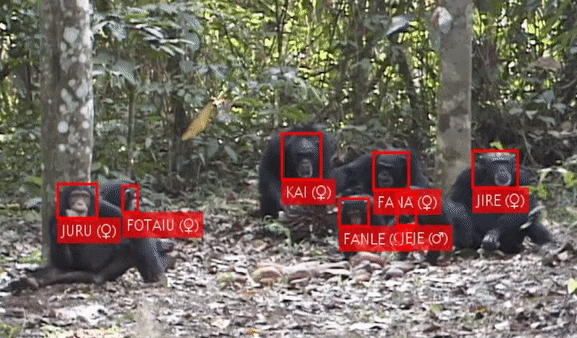
Facial recognition is not just for humans anymore: Researchers have developed new software that can recognize the faces of individual chimpanzees. They trained the computer model with 10 million images of wild chimps in Guinea, allowing it to identify individuals in various poses and even in low-light, poor-quality video footage. This technology could aid primatologists in tracking populations and social behaviors of the apes over time, supplementing the short-term observations they make in the field. The researchers behind the software have made it open-source and hope other scientists will apply it to their own research on other species.
Do Judge a Cell by Its Cover
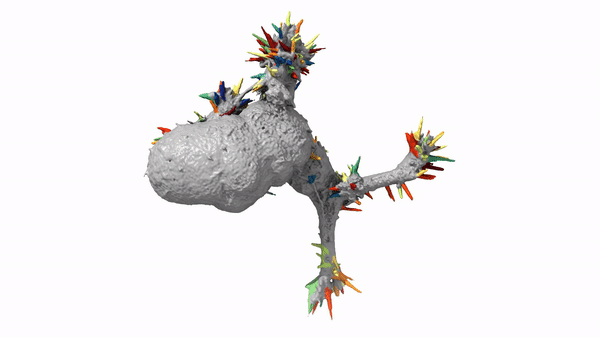
We are absolutely packed with cells, but that doesn’t mean we know much about what they actually look like or how their structure affects their function. There are a few reasons for that uncertainty. Live cells are so delicate that they are even perturbed by the light we use to see them. They are also hard to image in isolation (without killing them or changing their behavior). Plus, they are three-dimensional; one cannot just move a scanner around to see them from all sides, and they are often in motion—which makes them even more challenging to study.
What you are looking at here is a lung cell—specifically, the kind that protects you from airborne pathogens and pollutants. This one has been transformed into a model for studying lung cancer. The spikes you see are called filopodia. Researchers at the University of Texas Southwestern Medical Center used machine learning to help analyze how changes in cellular shape relate to signals happening inside the cell. They believe that with improved analyses of cells’ surface features, scientists might better understand how they function inside the body.
